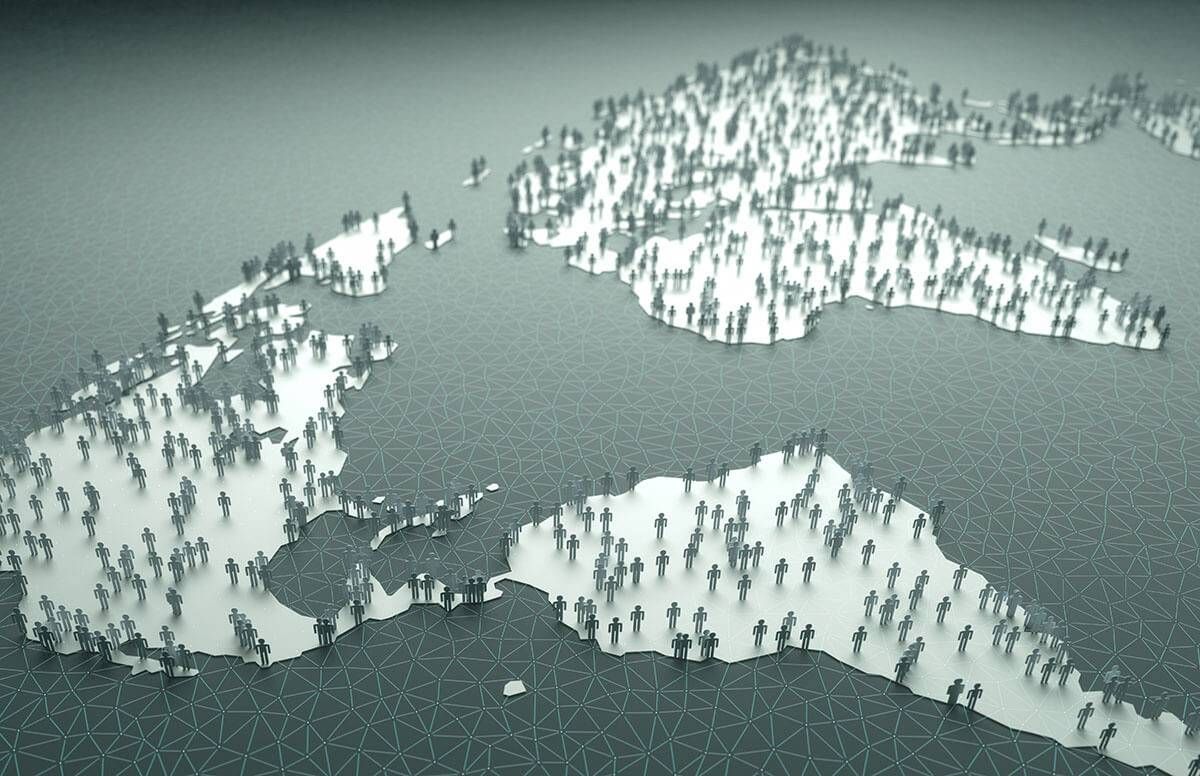How Countries Use Tech to Deal With an Age Boom
Highlights from speakers at a recent conference on smart aging
The world is getting older.

As boomers in the U.S. start hitting age 70 and beyond, they can take comfort in knowing they are not alone. Populations across the globe are aging right along with them.
At the Silicon Valley Boomer Venture Summit, an annual conference held in Berkeley, Calif., in July, experts in aging said other countries offer many new ideas of how to care for, and market to, older populations. Speakers from Ireland, England and Canada offered insights into how Europe and the United States’ northern neighbors are encouraging innovation in this area.
And, as with so many other global trends, China dwarfs everyone else due to the sheer size of its population.
Most notably, according to Zak Dychtwald of the Dilenschneider Group, China's baby boom was nearly six times larger than the one that’s dominated U.S. culture for decades. While 76 million Americans were born from 1946 to 1964, the years Dychtwald identified as China’s baby boom —1949 to 1979 — produced 440 million babies. (Dychtwald comes to the issue naturally; his father, Ken Dychtwald, founder of AgeWave and a Next Avenue Influencer in Aging in 2016 has been a prominent proponent of the longevity economy for decades; the father and son were joint keynoters at the conference.)
With its massive boomer cohort, China is turning to technology to help deal with the coming caregiving crisis, Dychtwald said. “China has become totally modern,” he noted. “It’s innovating better than Silicon Valley is. The scale and speed of change is unlike anything we’ve ever seen.”
China's Efforts Are Working
That change has showed up in improved health. China’s boomers were once known as “the hardship generation” for the poverty they were born into. Infant mortality rates reached 33 percent, Dychtwald said, and many people didn’t make it past 40. Now, life expectancy is 74.5 years, he said.
However, China tampered with destiny, engineering the largest baby bust in history with its Draconian one-child policy. That move carried a major unintended consequence that's now becoming apparent: Although the idea was to curb overpopulation, the policy has left the country ill equipped for the coming caregiving crisis. “People are living longer, but they’re supported by fewer children,” Dychtwald said.
The technological solutions China has turned to include robots who can assist nurses, floor sensors that detect when someone falls and smart toilets that can take stool samples to analyze someone’s health.
“In the remote province of Ningxia, they’re creating one of the smartest cities in the world,” Dychtwald said. “The economics of it are, no country on earth is more determined to solve this problem than China. They’ll have 371 million people over age 65 by 2050. If they don’t solve this, their economy is doomed.”
If China does come up with solutions that can ease the burdens of aging — and Dychtwald thinks it will, even including a cure for Alzheimer’s Disease — it will be able to export them, cementing the country's position as a global powerhouse.
Opportunity for Efficiencies
China is far from alone. Many other countries are also tackling age-related issues. Canada, for instance, is looking at ways technology can help save health care dollars, according to Alisha Tharani, manager of strategic partnerships for the Centre for Aging and Brain Health Innovation, a joint project of the national and provincial Ontario governments.
“Technology can create efficiencies in the system,” Tharani said. “There are huge opportunities.”
Half of Ontario’s budget goes to health care, Tharani said, and 10 percent of the province's population accounts for 80 percent of the cost. The majority of those power users are older adults. “We are looking for innovations to keep people at home, support caregivers and make sure people are happy and socially engaged,” said Tharani.
They’re not the only ones. “Europeans spend a lot of time thinking about this issue,” said Stephen Johnston, a native of England who is CEO and cofounder of Aging2.0, a global organization fostering innovation for aging and senior care. He noted that 70 billion euros (roughly $82 billion) are being spent on innovation programs, including ones on healthy aging, between 2014 and 2020 through the Horizon 2020 initiative.
Anne Connolly, CEO of the Ireland Smart Aging Exchange, said her network is “an international testbed for trialing solutions to the aging population.” She said the key to solving many problems is collaboration, noting that no government, corporation or nonprofit can do it alone.
Ireland has identified some “smart aging communities,” Connolly said, as well as individuals willing to test new products, helping put innovations on the fast track.
These innovations can make it possible for people to stay in their homes longer, which often helps prolong lives, as well as the quality of life.
“Advances in health care have added years to our lives,” Tharani said. “It’s our job now to add life to those years.”

